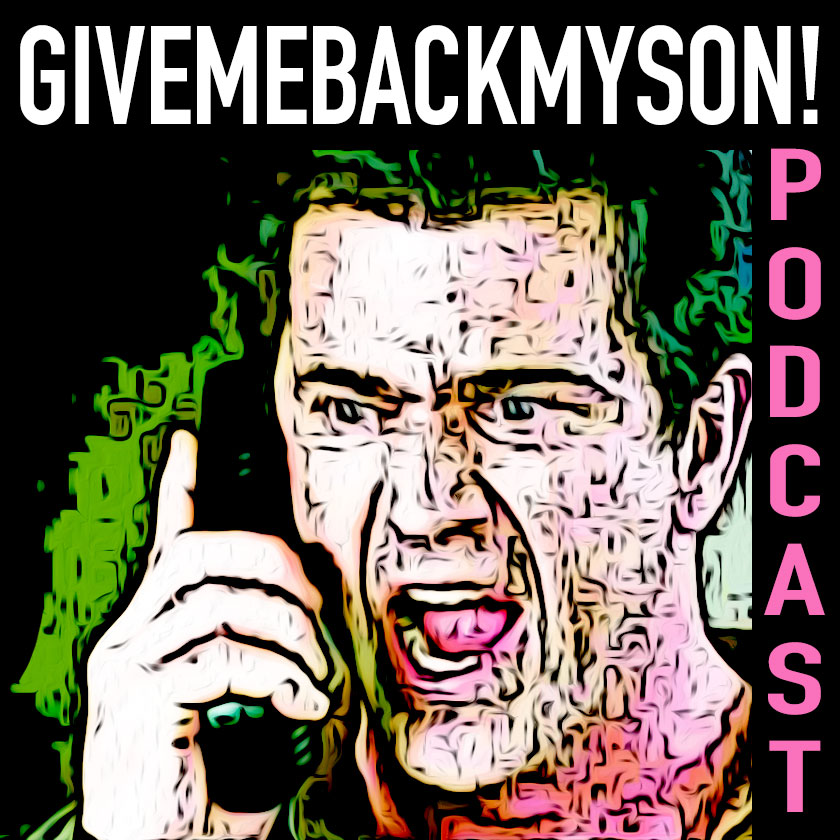
Luke
To be honest, 28 Days Later was probably my first experience with zombies. I don’t recollect seeing another zombie prior to it, so it created an extremely high bar for films of the genre.
I remember I went to see it all by myself and didn’t know much going into it, just that it was a low-budget British horror movie – or so I thought.
28 Days Later is far from your average horror movie. Instead, it is more like an artsy indie film (which it is) that just-so-happens to take place in a zombie-filled – excuse me – “rage infected” world. You see, the “zombies” in 28 Days Later are not “walking dead” whose bodies have become inhabited by the evil spirits pouring out of an overpopulated hell. No, 28 Days Later gives its own scientific explanation for the epidemic. Animal rights activists try freeing a group of experimental monkeys, but little do they know that these monkeys have been infected with a “rage virus” that is being tested for future military use (which Shaun of the Dead so awesomely pays tribute to in a background newscast). Other than the initial scene where the activists are slaughtered by the raging monkeys, we never see the outbreak. Cut to 28 days later.
A dehydrated twenty-something (Cillian Murphy, Inception) wakes up in hospital bed after suffering a head injury nearly one month prior. The hospital is empty. As he enters the streets of London he finds that London is empty too. After finding two other survivors, he joins them in the search for colonies of uninfected humans.
Despite being an end-of-the-world post-apocalyptic zombie thriller, 28 Days Later is a beautifully shot surreal film that feels grounded in reality. Call them zombies or rage-infected humans, if you would ever like to know what reality would be like if there ever was an outbreak, 28 Days Later gives you an honest glimpse into that world.

Aaron
Before Danny Boyle’s 28 Days Later zombies were slow-moving imbecilic movie monsters that proved to only be useful for shooting gallery targets. I could be argued that the monsters in 28 Days Later aren’t actually zombies, instead they’ve been infected with pure rage that has taken over their mind and body. But, for lack of a better term they’re zombies. Really fast moving, insanely violent zombies.
Every time I watch 28 Days Later I’m amazed that such a low-budget film pulled off this kind of spectacle. They even had to shoot parts of the deserted London scenes during Christmas because they didn’t have the money to actually clear the streets.
I think the aspect of 28 Days Later that I most admire is that it isn’t just a zombie flick. When the characters find their way to the military outpost we soon find out that humans can be just as scary, and just as dangerous as the zombies. Boyle doesn’t go the route of jump out and scare you tactics that we see in so many horror films nowadays. Instead he captures a feeling of dread without many full-blown action scenes. It’s a great horror movie on many fronts, but because it deals with more than just horror and zombie elements the movie is lifted above most of the other horror films out there.









